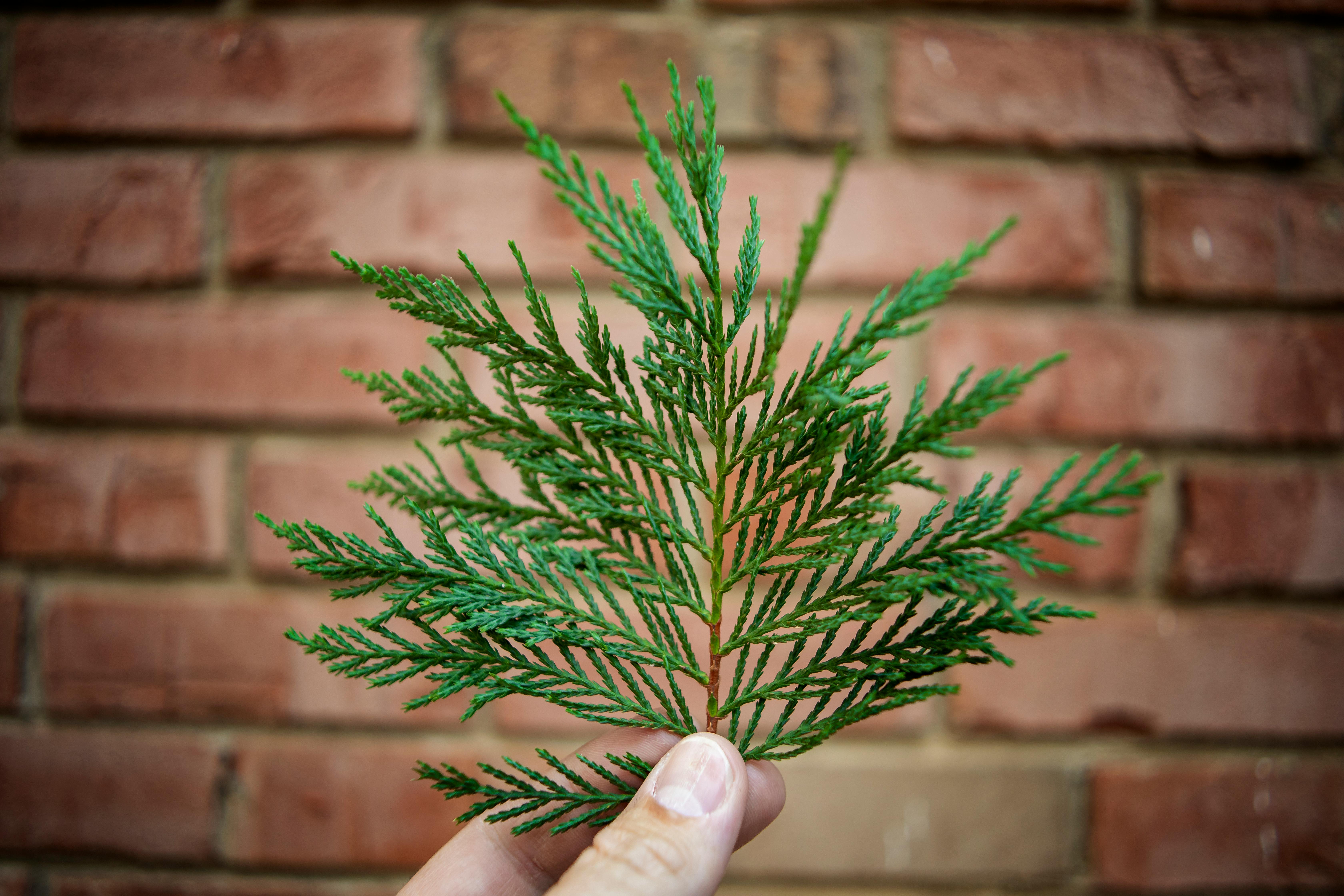
How to keep these Pacific Northwest favorites healthy year-round
Arborvitaes are some of the most popular landscape plants across Camas, Washougal, and Vancouver — and for good reason. They offer privacy, stay green all year, and handle our wet winters well. But between heavy rainfall, compacted clay soils, and hot summer droughts, local conditions can be tough on them. With the right care, though, arborvitaes can stay lush, full, and beautiful for decades.
Below is a simple, locally relevant guide to keeping your arborvitae thriving in Southwest Washington.
1. Planting & Soil Conditions
Most of our region sits on dense clay soil, which drains slowly. Arborvitaes prefer moisture but not standing water.
Tips:
-
Choose a planting area that doesn’t stay soggy after heavy rain.
-
Elevate the root ball slightly above grade to improve drainage.
-
Mix compost into the backfill to break up clay and help oxygen reach the roots.
-
Space arborvitaes properly—avoid crowding to prevent thinning and dieback later on.
2. Watering in the PNW Climate
Spring & Fall
Rain often provides most of the moisture arborvitaes need, but newly installed plants still benefit from deep watering 1–2 times per week until established.
Summer
Local summers have become hotter and drier. Arborvitaes must receive consistent water or they will develop browning, especially on the south and west sides.
Watering guidelines:
-
1–2 deep soakings per week during summer droughts.
-
Use a soaker hose or drip line rather than overhead watering.
-
Keep the soil evenly moist—not soggy.
3. Mulching
Adding mulch is essential in our region because it helps retain moisture during summer and protects roots from heavy winter rains.
Use:
-
2–3 inches of bark, hemlock, or wood chips
-
Keep mulch a few inches away from the trunk to prevent rot
4. Fertilizing
Arborvitaes typically don’t need aggressive fertilizing here, but they benefit from a gentle boost if soil is poor.
Best time:
-
Late spring or early summer
What to use:
-
Slow-release, balanced fertilizer (e.g., 10-10-10)
-
Avoid heavy nitrogen applications that cause weak, overly fast growth
5. Pruning
Arborvitaes have soft, scale-like foliage that responds well to light shaping — but they do not regenerate from hard cuts into old wood.
Local pruning tips:
-
Trim lightly once per year (late spring or early fall).
-
Avoid shearing into bare branches or cutting deep into the interior.
-
Remove snow loads gently in winter to prevent branch separation.
6. Pest & Disease Watch
Our humid climate makes arborvitaes susceptible to a few common issues:
-
Bagworms – Not common, but worth monitoring.
-
Spider mites – Appear during hot, dry summers.
-
Phytophthora root rot – Usually caused by poor drainage or overwatering.
-
Winter burn – More common when cold winds hit drought-stressed plants.
If your arborvitaes show browning tips or interior dieback, it’s usually related to water stress rather than pests.
7. Protecting Privacy Hedges
Many homeowners in Camas, Washougal, and Vancouver use arborvitaes as screens. To keep hedges full and dense:
-
Water evenly along the entire row.
-
Avoid trimming the sides too aggressively.
-
Fertilize lightly if growth appears thin or pale.
-
Replace dead sections early to maintain uniform spacing.
Final Thoughts
Arborvitaes are a fantastic choice for Southwest Washington landscapes, offering evergreen beauty and natural screening. With proper watering, good drainage, and light annual maintenance, they can thrive even with our region’s mix of heavy rains and summer droughts.
If you’d like help trimming, diagnosing browning, or maintaining an arborvitae hedge, we’re always happy to take a look and keep your landscape in great shape.
